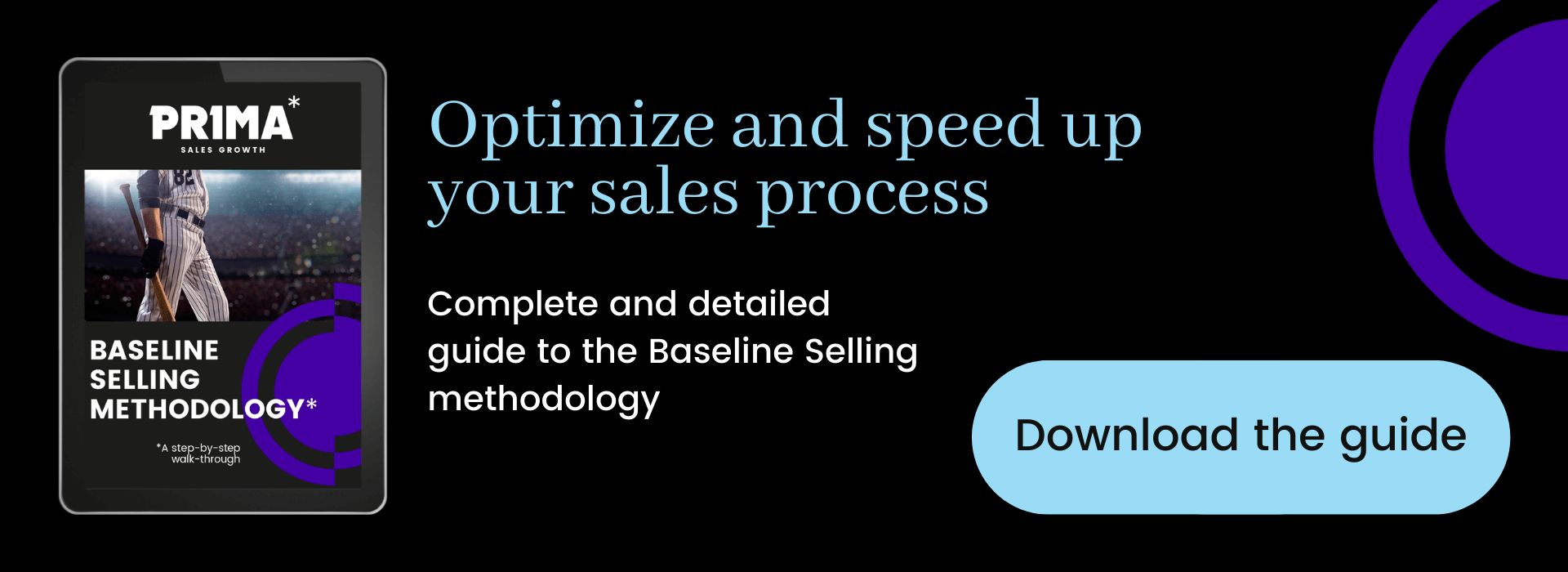The art of selling is based on two key elements. The first – and most important – is twofold: communication and active listening. This is what enables sales reps to understand potential customers’ needs and establish a solid connection with them.
Yet many salespersons fail to master this skill, and miss out on important opportunities. In fact, the lack of listening skills is the main criticism customers level at sales reps. Most of this article will be devoted to this aspect.
But before that, let’s look at the second element: the ability to handle potential customer resistance.
Handling customer resistance
Customer resistance is often generated unintentionally by the sales reps themselves. Customers already have a certain amount of “natural” resistance. It can be accentuated by the actions and behavior of salespeople. To counter this tendency, you need to be able to detect both active and passive customer resistance.
Active resistance is clearly visible, as the customer says so in his objections. Passive resistance is more common, and often manifests itself in what the customer doesn’t say, rather than in what he does say. When sales reps start from the premise that there is always resistance, they are better able to recognize passive resistance.
A form of passive resistance occurs when the customer feels rushed and rushed. This happens when reps rush to get to the next point, because they don’t want to waste the customer’s time. However, by taking the time to listen and pause, they can create more meaningful conversations.
In fact, slowing down the pace speeds up the sales process. By slowing down, you give the customer more time to think. Instead of feeling rushed and answering the first thing that pops into his head, the customer feels he has time to think about it and give a more appropriate response.
As a result, sales reps can better understand their customers’ needs and, ultimately, move faster towards a successful sale. The key is to learn to master the art of slowing down to be more effective in conversations with potential customers.
The first step is to practice active listening.
What prevents active listening in sales
Good active listening is the ability to perceive what is not part of the conversation, but should be. You can then use this information to ask questions and fuel the conversation.
Salespeople often create their own obstacles. This manifests itself in three ways: not knowing what you’re looking for, tunnel vision and the art of asking questions.
Not knowing what you’re looking for
The first problem is that salespeople don’t know what they’re looking for in their conversations with customers. This is due to the absence of clearly defined processes or objectives for each stage of the sale.
For example, in the Baseline Selling approach, between first and second base, there are four clear objectives:
- Determining whether there is a need for services, products or solutions
- Finding the compelling reason to buy
- Establishing the sales posture
- Raising the level of urgency through quantification
If sales reps don’t have a clear objective, they’ll focus on the wrong things. This can lead them to ask questions that lead to dead ends or that don’t help their sale. For example, by focusing too much on the technical aspects of a product, they may miss the compelling reason for the customer to buy.
Tunnel vision
The second problematic element is tunnel vision. Even when they know what they’re looking for, salespeople can be so focused on a specific objective that they forget to pay attention to what their customer is saying. They’re not in the moment.
They miss out on important information that is often handed to them on a silver platter. They can then miss out on those “open doors” that would enable them to progress in their sales cycle. It’s as if they were on a freeway and couldn’t see the exit. In these circumstances, they miss opportunities to deepen the conversation and better understand the customer’s needs.
When we look at the 21 key sales competencies, there are three pillars: willingness to sell, sales DNA and tactical skills. The sales DNA pillar is staying in the present moment to listen – not just hear – what the customer is saying.
In our training and coaching sessions, we make participants aware of the importance of active listening and staying in the present moment. One effective approach is to interrupt role plays or conversations when they miss important information, and point out what they’ve missed. By asking them to think about the questions they might ask based on the information provided, sales reps learn to be more attentive.
Not mastering the art of asking questions
The third element can be summed up as follows: even when they have the information in hand, salespeople don’t know what questions to ask to move the sale forward. They lack the skill to ask relevant and effective questions, based on the information the customer provides.
If you study radio talk show hosts or journalists, you’ll see that they’ve mastered the art of questioning and interviewing. The better the questions, the more interesting the interview. It’s the same in sales.
You need to be able to identify key words spoken by a customer and find questions to ask based on these key words. By studying how communications professionals ask questions and guide conversations, salespeople can develop these skills too.
The person asking the questions controls the direction of the conversation.
Another method is to create a list of generic questions. These “plug-and-play” questions can be adapted according to keywords or information provided by customers.
The best reaction to get when asking a question is when the customer says, “Oh, I’ve never been asked that question before” or “That’s the first time I’ve thought about it.” This shows that the salespeople has succeeded in standing out and provoking thought. By mixing different types of questions (opening questions, presumptive questions, probing questions), they can then create conversations that increase the likelihood of a successful sale.
Emotional communication is part of sales
Sales professionals have too much of a tendency to communicate in a cerebral way, addressing only the rational part. They forget the emotional part.
Yet emotions play a crucial role in the sales process. Customers often make purchasing decisions based on their emotions, and rationalize them afterwards. So it’s important not just to detect what’s being said, but also how it’s being said.
What emotion do the questions bring out in the customer? Discomfort? Anger? Enthusiasm? Sales reps need to adjust their questions and approach accordingly. By recognizing and responding to customers’ emotions, they can improve the quality of their conversations and create a deeper connection.
Achieving this can be particularly difficult for professionals with a technical or scientific background, who tend to favor rational communication. On the other hand, learning to integrate emotions into conversations is part of the art of effective sales and communication. And when it’s done well, the results follow.
Conclusion
The art of selling is based on active listening and effective communication. It takes into account both rational and emotional aspects. Salespeople who master these skills and truly understand their customers’ needs can create a strong connection with them.
By adopting a more attentive approach and slowing down the pace of conversations, salespeople can not only improve their interactions with customers, but also speed up the sales process.
Active listening, the ability to ask relevant questions and taking emotions into account are the keys to turning opportunities into successful sales.
Don’t underestimate the power of listening and communication in the art of selling; they are the foundations on which lasting relationships and success are built.








